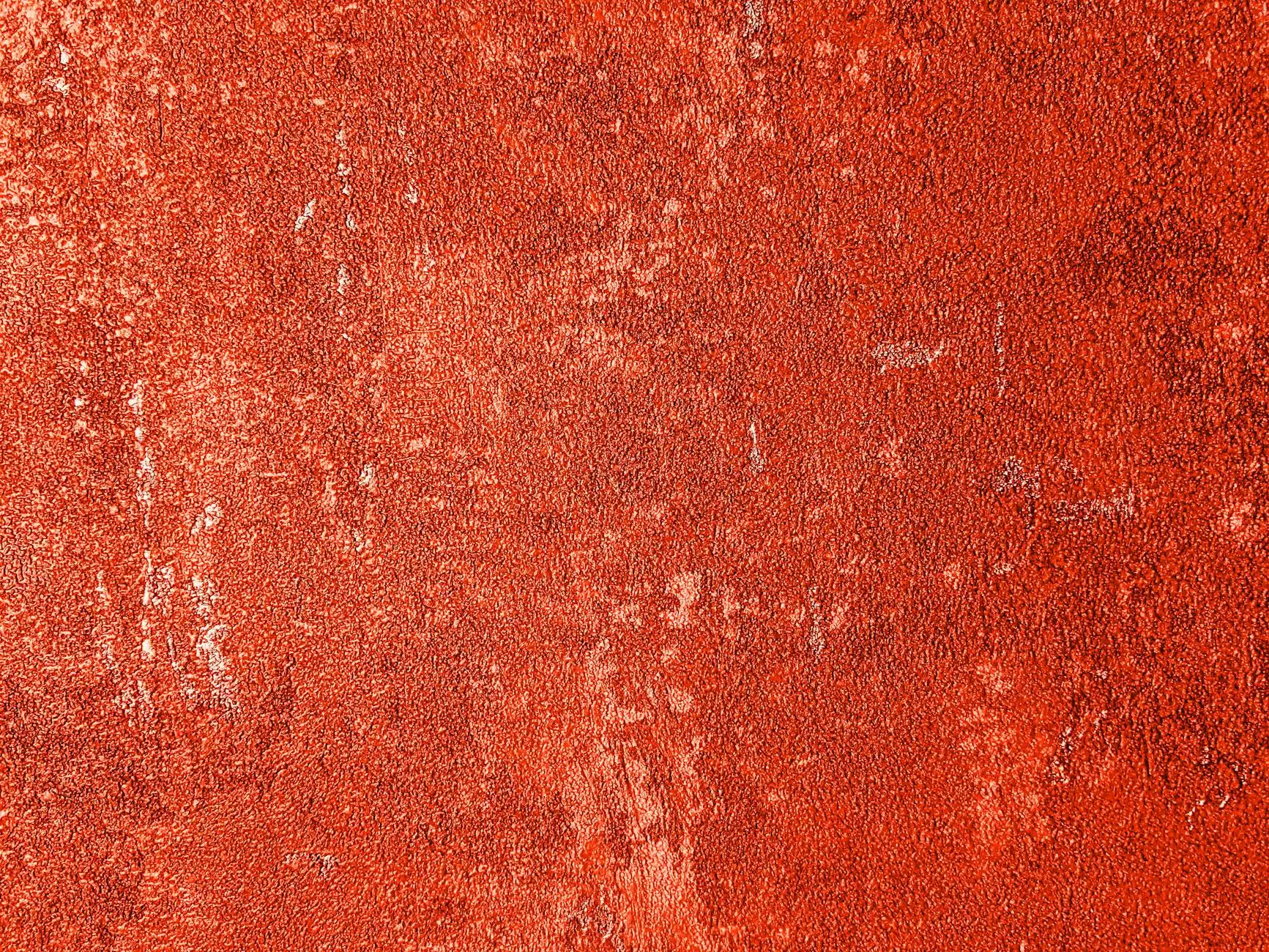The Ultimate Guide to Swimming Pool Plastering

When it comes to maintaining a beautiful and functional swimming pool, one of the most critical aspects is swimming pool plastering. This crucial process not only impacts the aesthetic appeal of your pool but also significantly influences its longevity and usability. In this comprehensive guide, we will delve deep into the world of pool plastering, exploring its benefits, types, and techniques, ensuring your pool remains a sparkling oasis.
What is Swimming Pool Plastering?
Swimming pool plastering is a finishing technique that involves applying a mixture of cement, sand, and water to the interior surfaces of a swimming pool. This process not only provides a smooth surface for swimmers to enjoy but also protects the pool structure from water damage and chemical erosion.
Why is Pool Plastering Important?
Investing in quality plastering for your pool can offer numerous benefits. Here are some reasons why you shouldn't overlook this essential component of pool maintenance:
- Water Resistance: A well-plastered pool surface reduces water loss and prevents the growth of algae.
- Aesthetic Appeal: Fresh plaster can enhance the overall look of your pool, giving it a clean and inviting appearance.
- Durability: Plastering protects the underlying structure from wear and tear, prolonging the life of your pool.
- Safety: A smooth plaster surface ensures a safe swimming environment, reducing the risk of injuries.
Types of Swimming Pool Plaster
There are various types of plastering materials available, each offering unique advantages:
1. Traditional White Plaster
This is the most common type of pool plaster, made from a blend of white cement and marble dust. It's affordable and gives a classic look, but may require more frequent maintenance.
2. Colored Plaster
Colored plaster comes in various shades and can add a vibrant look to your pool. However, it's essential to choose high-quality pigments to prevent fading over time.
3. Pebble Finish
For a luxurious and natural aesthetic, a pebble finish incorporates small stones into the plaster mixture. This provides a unique texture and added durability, making it a popular choice for upscale pools.
4. Quartz Finish
Quartz finishes are durable and come in various colors and textures. They are less prone to staining and provide a smooth surface that enhances the pool's look.
The Pool Plastering Process
Understanding the swimming pool plastering process can help you appreciate the work that goes into ensuring your pool is in top condition. Here are the essential steps involved:
1. Surface Preparation
The first step involves thoroughly cleaning the pool surface. Any old plaster, debris, or algae must be removed to ensure proper adhesion of the new plaster. This may require pressure washing or sandblasting.
2. Mixing the Plaster
The plaster mixture is prepared by combining the right proportions of cement, sand, water, and any additives (like color pigments or sealants) to enhance the quality. Proper mixing is crucial for achieving the desired finish.
3. Application of Plaster
Using a trowel, the plaster is then applied evenly across the pool's surfaces. It is essential to work quickly, as plaster sets relatively fast. Professional applicators often use specialized techniques to ensure a smooth finish.
4. Curing
Once applied, the plaster must be cured properly. This involves keeping the surface moist for several days to allow the plaster to set correctly. Proper curing helps prevent cracks and ensures durability.
5. Water Filling and Chemical Balancing
After the plaster sets, the pool can be filled with water. It is crucial to check and balance the water chemistry to prevent damage to the new plaster surface.
Maintaining Your Plastered Pool
Once you've invested in quality swimming pool plastering, maintaining it is vital to ensure longevity. Here are some maintenance tips:
- Regular Cleaning: Use a pool vacuum and brush regularly to prevent debris build-up.
- Chemical Balance: Maintain proper pH levels and sanitation to protect the plaster surface.
- Avoid Harsh Chemicals: Be cautious with chlorine and other chemicals, as they can affect the plaster finish.
- Monitor for Cracks: Regularly inspect the plaster for any signs of damage and consult a professional for repairs as needed.
When to Consider Replastering Your Pool
Even with the best maintenance, your pool will eventually need replastering. Here are some signs that it might be time for a refresh:
- Rough Texture: If the plaster feels gritty or rough, it may be time for a new coat.
- Fading Color: Discoloration or fading indicates that the plaster is aging.
- Cracks or Chips: Visible damage affects both aesthetic appeal and water retention.
- Stains: Persistent stains that cleaning won't remove may require replastering.
Choosing the Right Pool Plastering Service
Finding a reliable service for your swimming pool plastering needs is essential. Here are some tips to make the right choice:
- Look for Experience: Choose a company with a solid track record in swimming pool plastering.
- Check Reviews: Read customer testimonials to gauge their satisfaction with the service.
- Get Multiple Quotes: Compare prices and services from different contractors to find the best deal.
- Ask for References: Request references from past clients to assess the quality of work.
Conclusion: The Value of Quality Pool Plastering
In summary, swimming pool plastering is a vital component of pool ownership that significantly enhances both the function and aesthetic of your swimming space. With proper care, your pool's plaster can last for many years, providing a safe and enjoyable environment for family and friends. Whether you're considering a new plastering job or seeking maintenance for an existing surface, investing in quality service is essential for the long-term enjoyment of your pool. Contact poolrenovation.com today to explore how we can help you achieve the perfect finish for your swimming pool!
FAQs About Swimming Pool Plastering
1. How long does pool plaster last?
With proper maintenance, traditional plaster can last around 5 to 10 years, while quartz and pebble finishes can last longer, up to 20 years.
2. Can I plaster my pool myself?
While it is possible to DIY plaster a pool, it requires skill and experience. Hiring professionals is recommended to ensure a quality finish and avoid costly mistakes.
3. What is the cost of pool plastering?
The cost of plastering can vary widely depending on the size of the pool, the type of plaster used, and local labor prices. On average, you can expect to pay between $3,000 and $7,000.
4. How soon can I swim after replastering?
Typically, you should wait at least 4 to 7 days after replastering before swimming, but this can vary based on the type of plaster and local weather conditions.
5. Is there a significant difference between types of plaster?
Yes, different types of plaster vary in durability, cost, and appearance. Choosing the right type based on your needs and aesthetics is essential.









